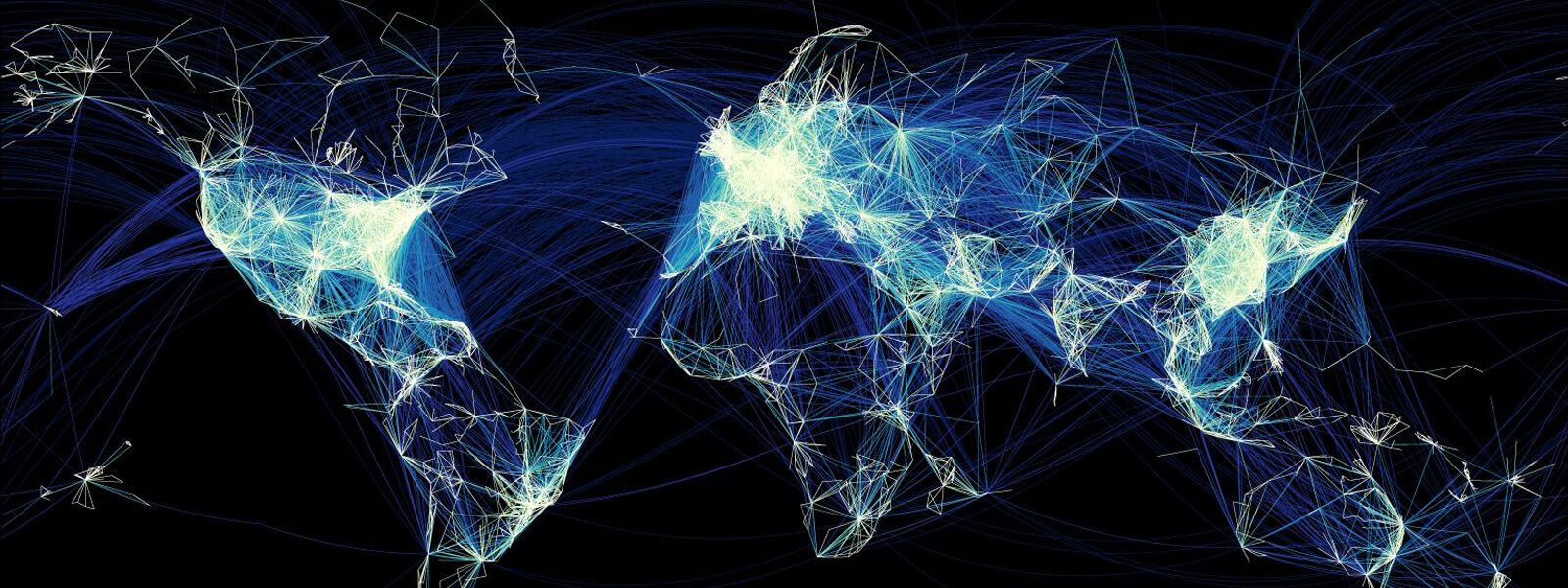
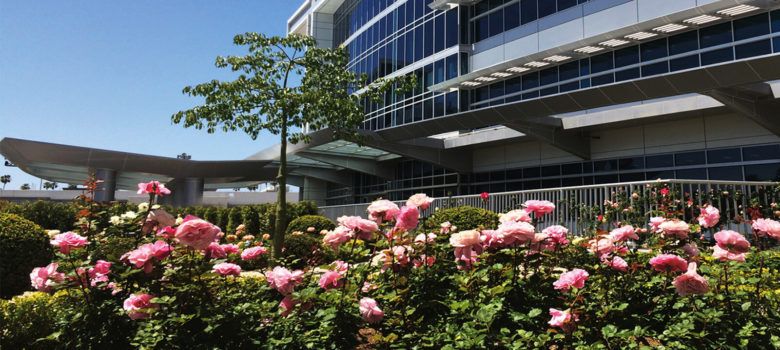
Excellence in Stroke Care: A New Stroke Center in Santa Monica (Part 1 of 2)
by Zara Jethani
We are excited to announce that Providence Saint John’s Health Center has received certification as a Primary Stroke Center from The Joint Commission. This distinction is awarded to centers that make exceptional efforts to achieve better outcomes for their stroke patients. Directors, Jason Tarpley, MD, PhD, vascular neurologist and George Teitelbaum, MD, interventional neuroradiologist head up the Pacific Stroke and Neurovascular Center which is located at Providence Saint John’s in Santa Monica, California.
“It was a rigorous process, but achieving the Primary Stroke Center status is very fulfilling and allows us to continue emphasizing timely diagnosis, treatment and prevention of future strokes,” says Dr. Tarpley, who specializes in all types of stroke and other neurovascular disorders including cerebral aneurysms and carotid artery stenosis. “It is important that our patients and their families are confident about the care they receive with us. Our clinical practice guidelines follow those issued by the American Heart Association/American Stroke Association and our state-of-the-art facilities allow us to treat patients immediately which is one of the most important factors in stroke recovery,” he adds.
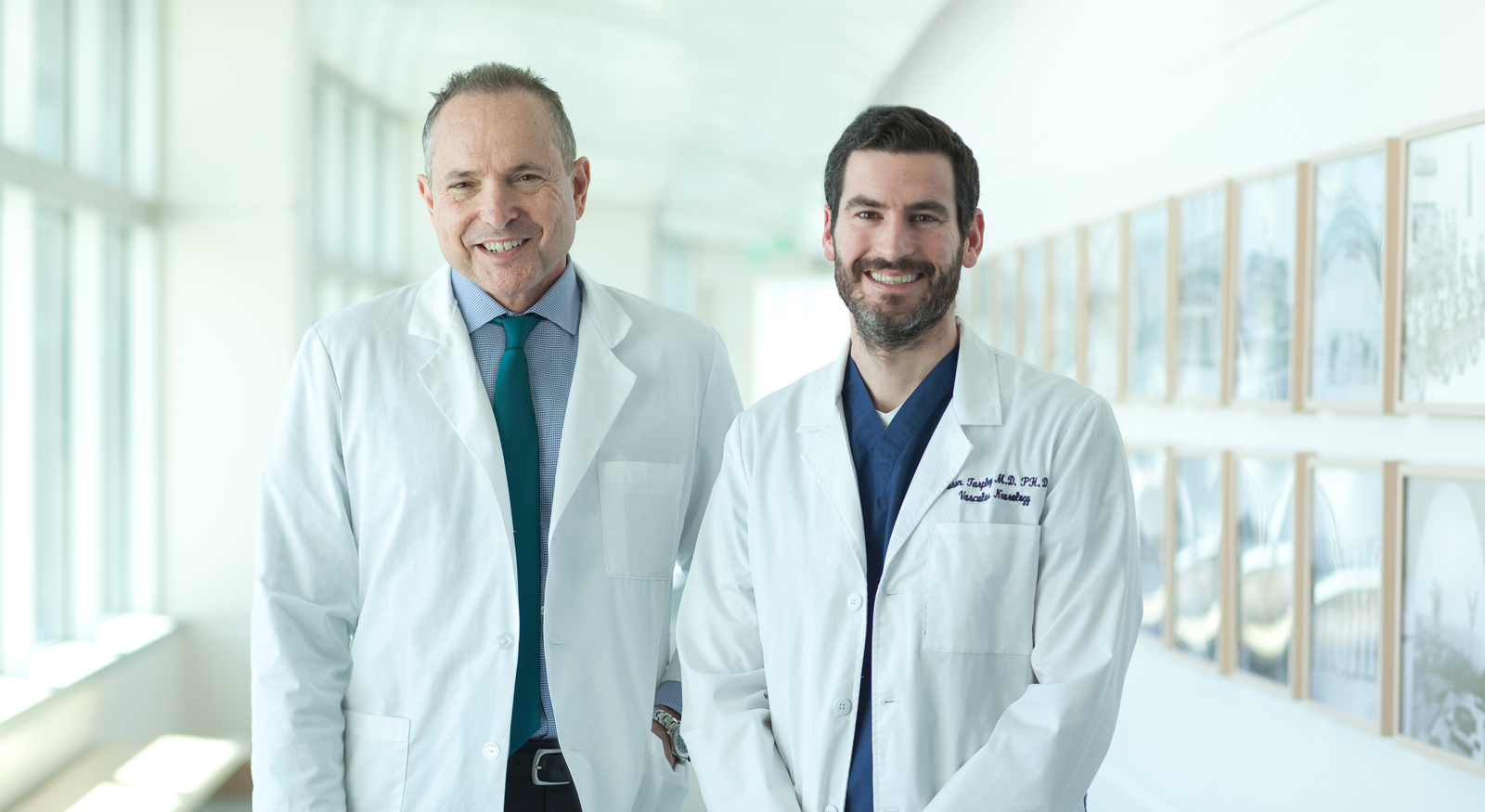
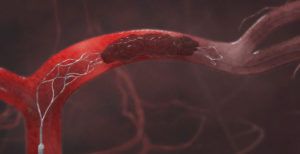
For patients, this translates to a comprehensive treatment program for not only stroke care but other neurovascular disease as well. Dr. Teiltelbaum, who is also regional director of neurointerventional surgery for all of Providence California, is a major contributor to the advancement of new technology for endovascular treatment of aneurysms, AVMs, treatment of carotid stenosis and stroke. He was an early proponent of the stent retriever device which has revolutionized treatment for severe strokes. “Our medical teams continually work to maintain high standards of care and it shows in our positive patient outcomes. One of our priorities is to keep on top of the latest innovations in the field, putting them into practice and passing the knowledge along to our colleagues by providing continuing medical education.”
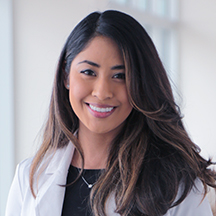
Stroke is a time-sensitive disease. Individuals with acute stroke may be eligible for an IV clot-busting medication if they present within 3-4.5 hours of the start of their symptoms, and select patients may receive catheter-based therapies if a major vessel in the brain is occluded. “Stroke is a true emergency and we are working to promote greater awareness that seeking immediate treatment can help minimize disability,” explains stroke and neurovascular program manager, Renee Ovando, RN. “Common signs of stroke include facial drooping, weakness and speech problems. 911 should be called so that individuals are transported to the closest stroke center for 24/7 access to these specialty treatments.”
Successful stroke recovery is key to helping patients achieve a good quality of life. “Stroke care in the hospital must be team-based,” says Ovando. “From the emergent phase to the recovery phase, we ensure that our staff are supporting the unique needs of each patient. And knowing that recovery often extends beyond one’s hospitalization, we offer an on-site clinic for follow-up, stroke support groups and free community education on stroke geared toward recovery and prevention.”
Seeking to advance stroke care for all, the team also engages in research programs. Dr. Teitelbaum says, “I have been involved in endovascular therapy for 34 years and was a participant in the groundbreaking CREST trial at a previous institution comparing two ways of reopening narrowed blood vessels in the neck that lead to the brain. Now our center will be the clinical site for two new clinical trials that are currently pending approval.”
The clinical community continues research to uncover new strategies that will aid stroke recovery. Methods such as incorporating video games are based on the idea that working the unaffected side of the body can stimulate recovery in the weaker side. In addition, a recent study indicated that simple low tech activities such as playing cards are just as effective as virtual reality therapy on motor recovery in patients after an acute ischemic stroke.
At our center, the Stroke Patient Support Group is facilitated by stroke survivor Dana Rivera and Providence Saint John’s chaplain Sam Scriven. Meetings cover topics relevant to patients, family members and caregivers and feature guest speakers who are experts in the fields of neurology, nutrition, and rehabilitation. Held on the first Friday of every month, the group provides information on stroke recovery and resources, and provides a forum for learning new coping skills.
For more information about Pacific Stroke and Neurovascular Center, please visit PacificStroke.org or contact us at 310-829-8319.
Read Part 2 of this two part series on the Primary Stroke Center in Santa Monica.
About the Author
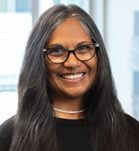
Zara Jethani
Zara is the marketing director at Pacific Neuroscience Institute. Her background is in molecular genetics research and healthcare marketing. In addition, she is a graphic designer with more than 20 years experience in the healthcare, education and entertainment industries.
Last updated: November 13th, 2019